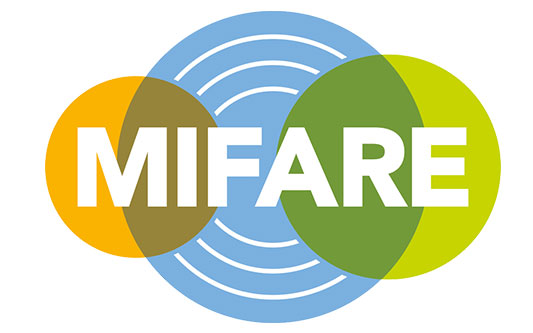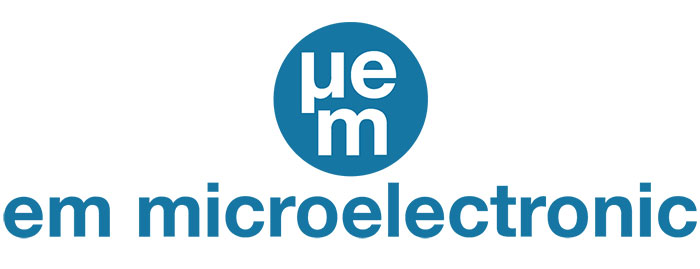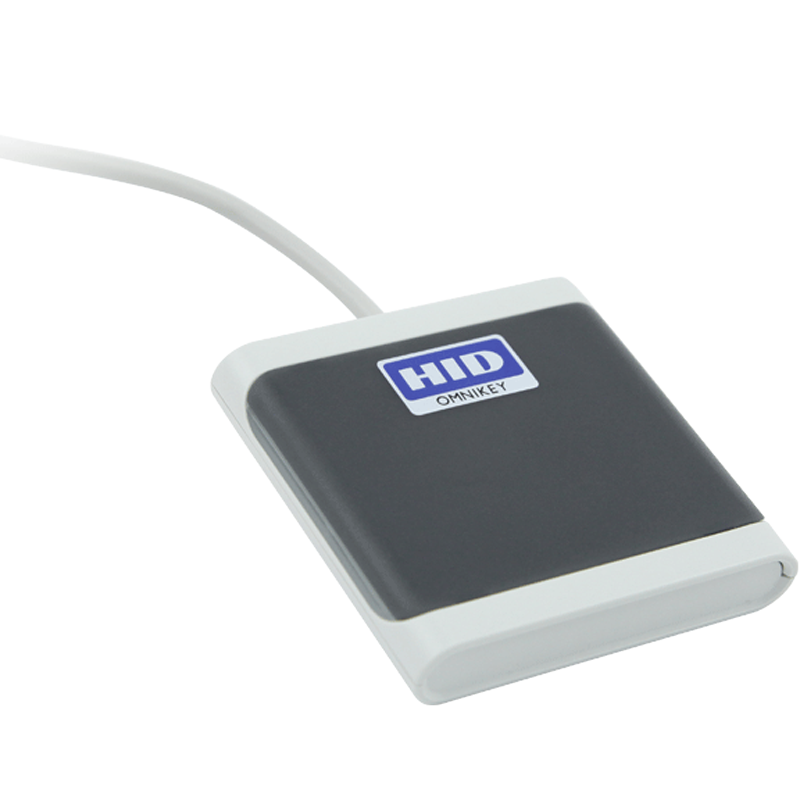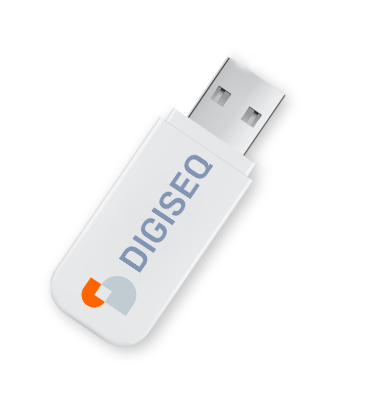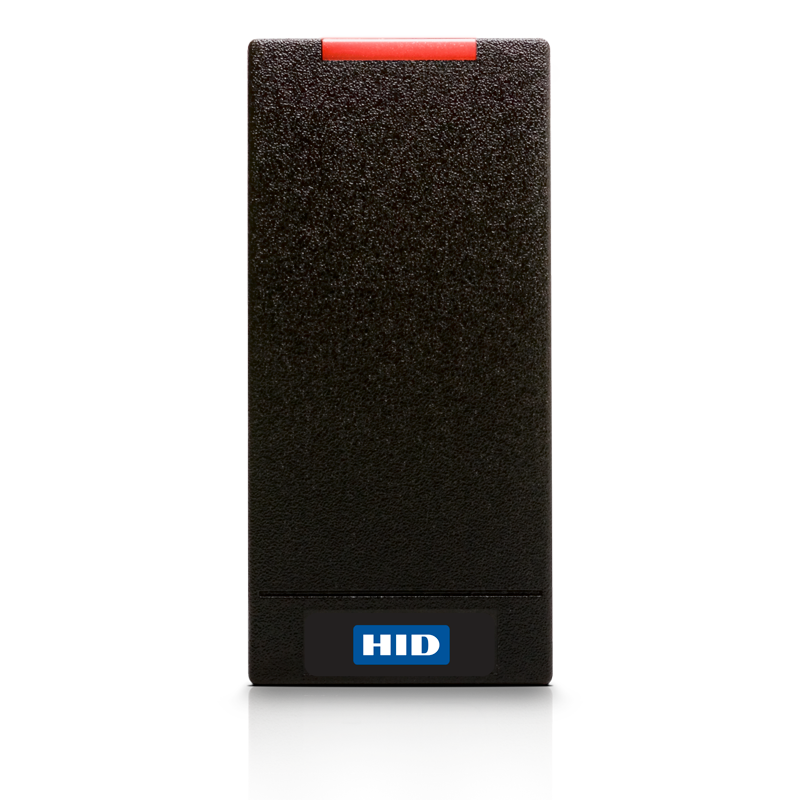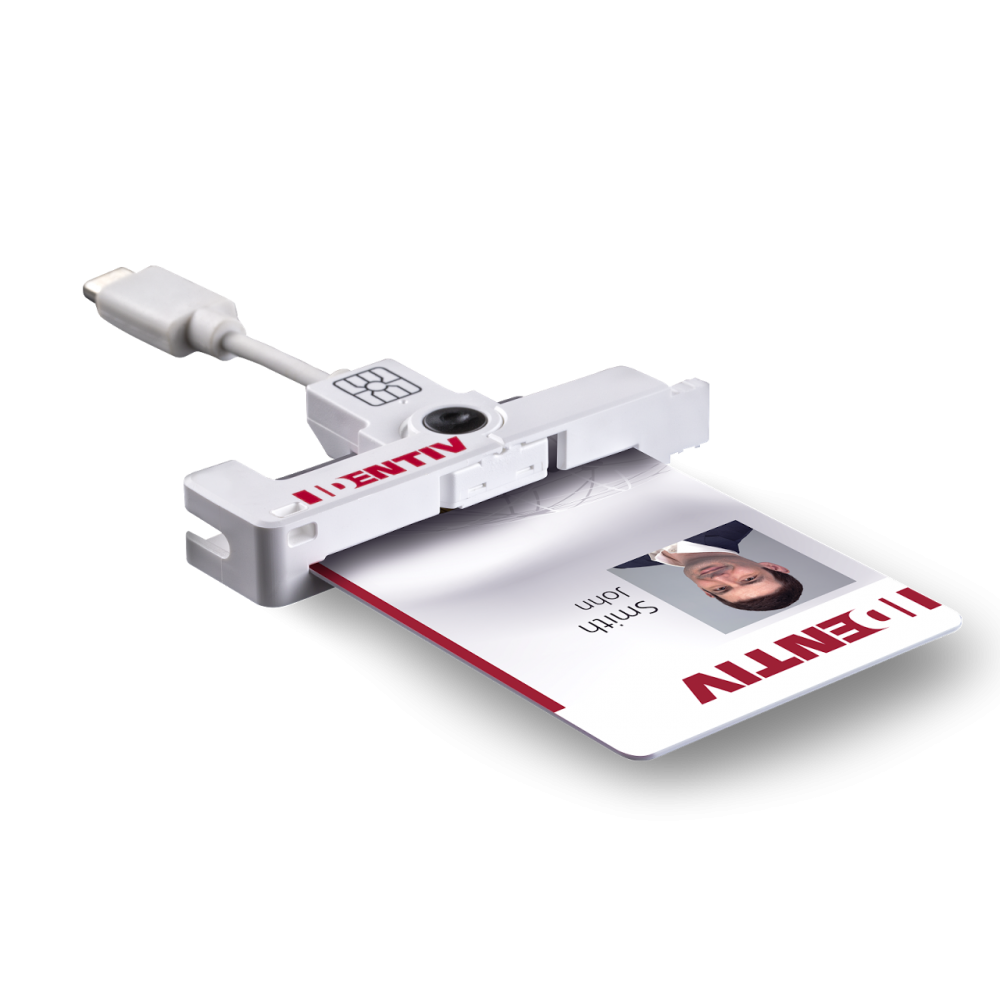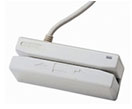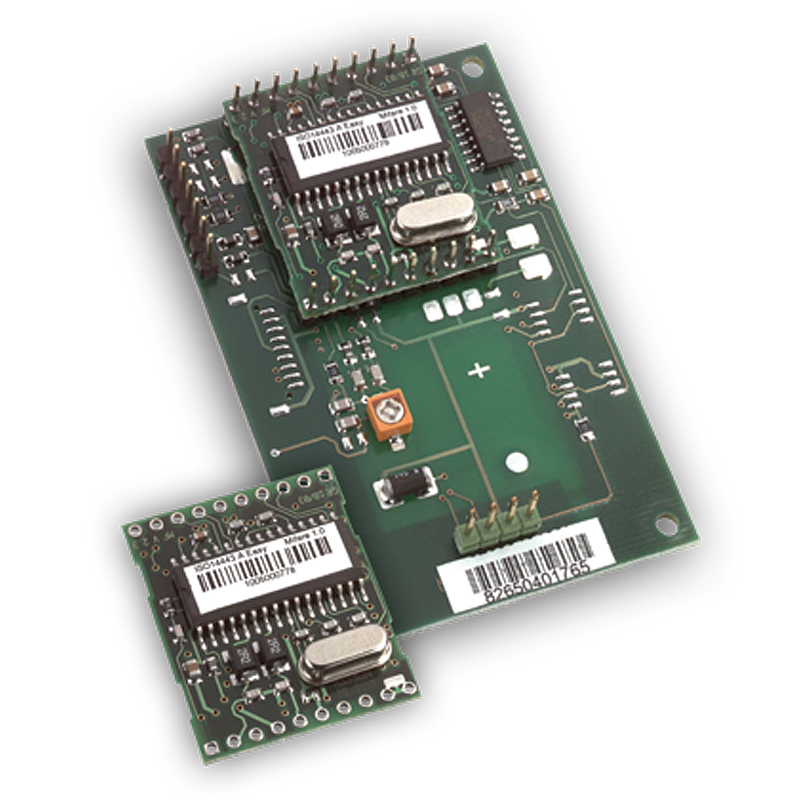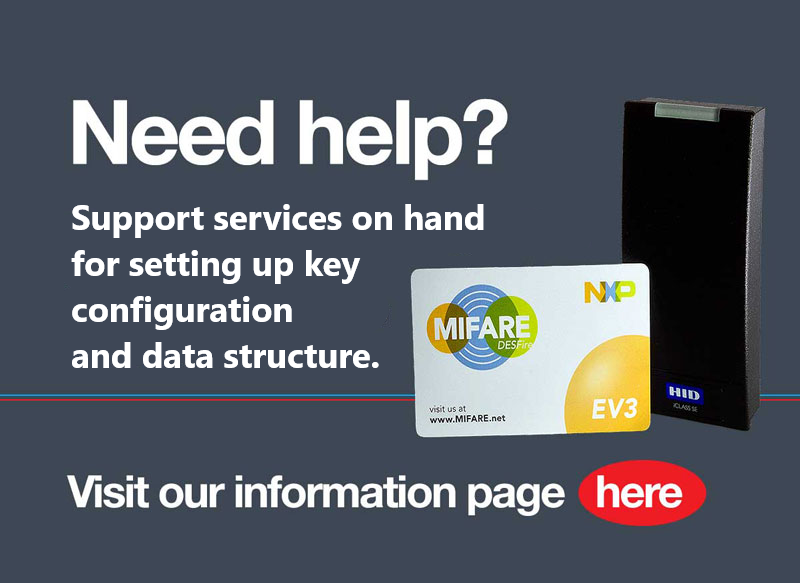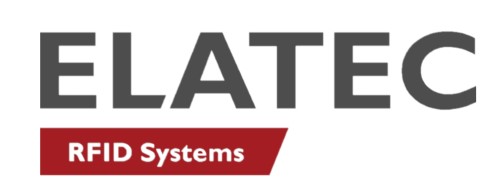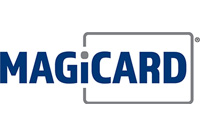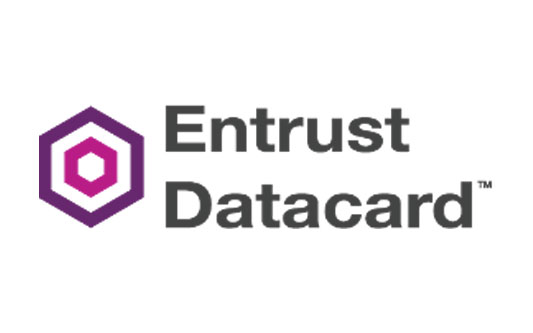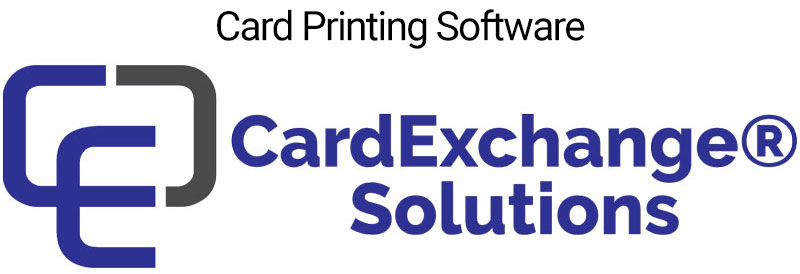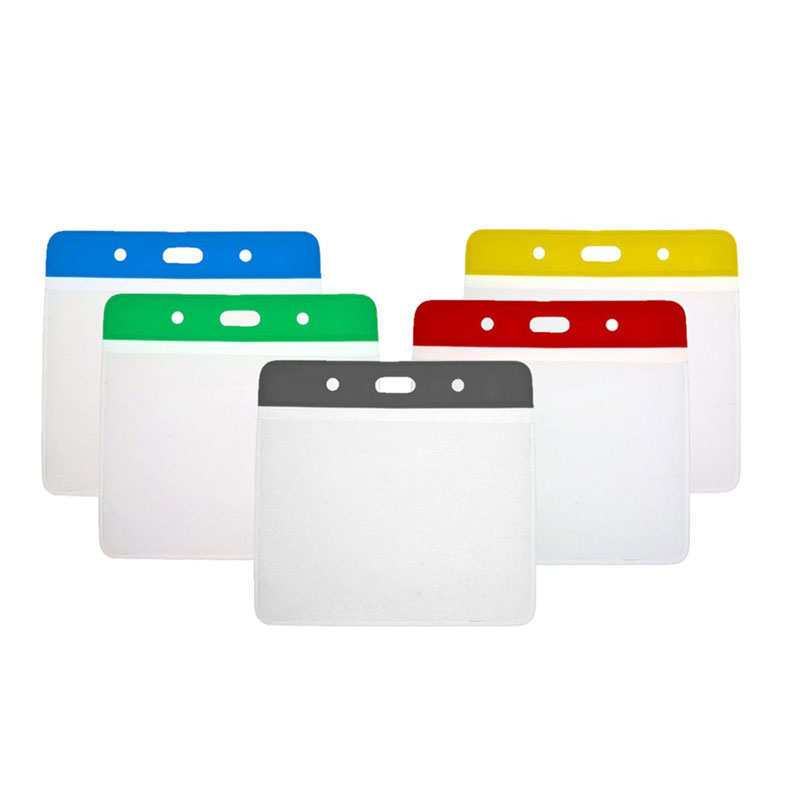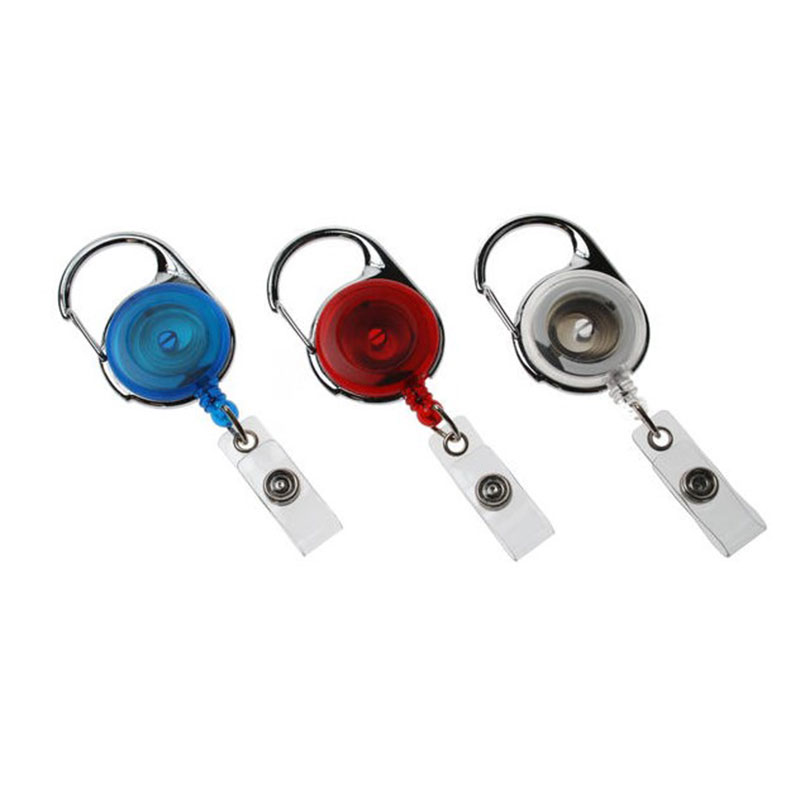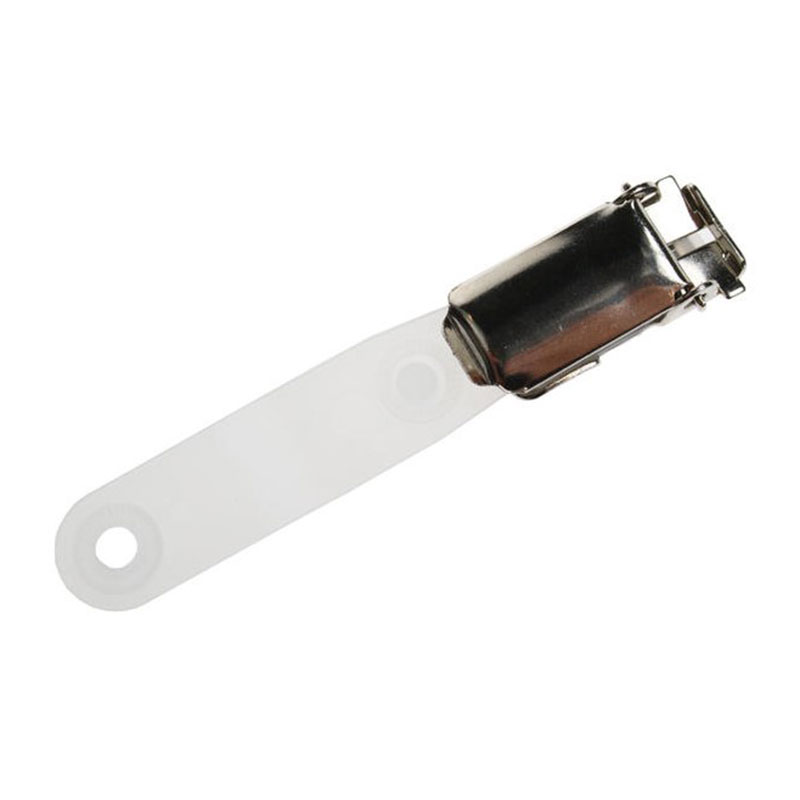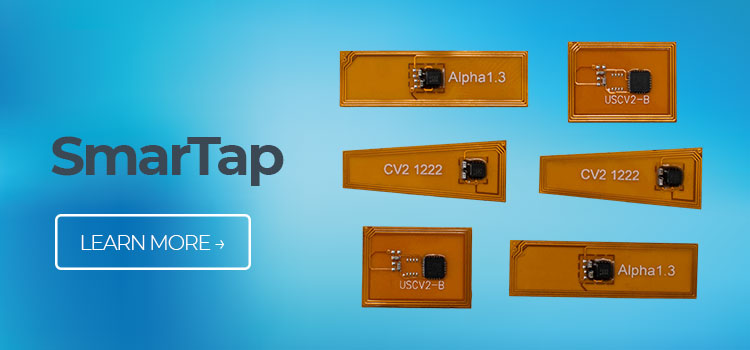
Cybersecurity threats have become increasingly prevalent in today's digital world, making smart card technology an integral part of online payments and data protection. Smart cards have the same appearance as traditional credit or debit cards with embedded microprocessors that store and process information securely.
Smart card technology is the go-to choice for securing cybersecurity payments and ensuring access control to sensitive spaces. Enhanced smartcard security protects against fraudsters and hackers exposing personal data.
As smartcards become more widely adopted, protecting data and ensuring secure online transactions will be paramount for any individual or organisation who wishes to remain safe in cyberspace.
What are smart cards?
Many different types of smart cards use different technologies to store data, such as personal information and digital payment credentials. The most popular are those that use smart chips with encrypted protocols that help protect the data against cybersecurity threats.
This enables smart card users to securely prove they are who they say they are, make purchases, or gain access to restricted areas — all with their personal data remaining safe and secure from any intrusions or malicious attacks.
Related reading: What Are Smart Cards?
How smart cards work as a cybersecurity measure
Cryptographic smart cards are essential tools used in cybersecurity today. These advanced pieces of technology serve as a way to authenticate users and protect against cyber threats.
Without cryptographic smart cards, user data would be vulnerable to unauthorised access and potential exploitation. This is why these impressive devices are routinely deployed across organisations, from government agencies to educational facilities, each with varying levels of access heightened by cryptographic keys stored securely on the card.
Cryptographic smart cards may also contain time-saving and convenient features, such as consolidating multiple login accounts into one, helping reduce the risk and complexity of cybersecurity threats at an enterprise level.
Related reading: Information Security. How much would a data breach cost your organisation, and what can you do to help prevent it?
Advantages of using smart cards for cybersecurity
Using smart cards for cybersecurity is one of the smartest, most secure solutions available on the market. Smart cards are encrypted and virtually impossible to copy or counterfeit due to the intricate cybersecurity protocols built into them.
This makes them a great alternative to regular ID card systems, which have been known to be vulnerable to cyber threats and risks in the past. Smart cards provide an additional layer of identity protection that can greatly reduce or even eliminate cyber attacks from hackers and cybercriminals.
As cyber threats continue to grow in number and sophistication, it becomes increasingly important for organisations to look for improved solutions for ID security. Smart cards are an effective way to secure confidential data and protect companies and consumers from potential cyber risks.
Increased security for online transactions
Smart cards offer a secure way to validate online transactions and increase the security of e-commerce solutions. With an embedded chip that stores personal information, not only are individuals’ online activities securely verified, but fraudsters are discouraged from exploiting victims.
Smart cards provide effective authentication solutions that help reduce cyber risks while protecting sensitive data. As such, they offer a simple yet reliable solution to combat cybersecurity threats while allowing users to safely make payments and access their accounts online.
Two-factor authentication
Smart cards offer a secure and reliable way to protect against cyber threats with the added security of two-factor authentication. By presenting their identification card and pin code, users can lower cyber risks associated with cyber theft or malicious attacks on identity and personal data.
Additionally, smart cards can be integrated with current ID card systems to improve security. This combination of authentication protocols ensures increased safety and protection while enhancing the overall security of already existing ID card security systems.
Massive data storage
Smart cards are an important part of modern security technology because they can store a large amount of data safely and securely. This is especially useful for businesses and organisations with an elevated risk of cyber threats and risks, as smartcards provide a level of identity security that can protect their valuable customer data.
Thanks to smart card technology, businesses can protect themselves against ever-increasing cyber risks while ensuring that their customer's personal information remains secure. As smart cards continue to evolve, they will become even more influential in reducing cybersecurity threats and creating a better online experience for the end user.
Physical security
Smartcards provide a smart, secure way to control physical access to sensitive areas. In addition to traditional security measures such as locks and alarms, smartcards are essential in helping companies protect their data from cyber criminals and other malicious threats.
Smartcards can offer identity security, enabling businesses to verify the identity of users before granting access and using other safeguards to guard confidential information. Utilising smart cards for access control is a smart way for businesses to protect against potential cyber risks and enhance the overall protection of their essential data in an increasingly digital age.
Related reading: Can Smart Cards Be Cloned?
How to implement smart cards as a security measure
Smart Cards offer an easy, more secure way to store data and protect user information from cyber threats. Whether your organisation uses smart cards for physical access control or to protect against unauthorised intranet access, the implementation process is straightforward.
First, it's important to determine the best type of smart card for your needs - each type serves different purposes, so you must thoroughly evaluate your organisation's specific requirements.
Next, smart card readers and software designed to work with smart cards will need to be set up, followed by training employees on how to use smart cards. This education could prevent malicious actors from taking advantage of technical failings and associated cybersecurity risks.
Lastly, personalising smart cards with user data and issuing these cards must be done to protect users' identities and increase the overall security of the organisation's core systems.
Related reading: Cybercrime: What steps can you take to help prevent it?
Tips for maintaining the effectiveness of smart cards
Smart Cards are an excellent tool for improving security, but to ensure the highest level of protection over time, ongoing maintenance and monitoring are essential to staying ahead of cybersecurity threats. To ensure smart card effectiveness, it's vital to:
Keep the smart card hardware and software up to date
Provide regular training on smart card usage for employees
Make sure you monitor smart card security regularly.
This will help protect from potential cyber risks and maintain the highest possible level of id security.
Best practices for maximising the security of smart cards
Smart cards can provide an extra security measure to protect your data and identity, but it is important to take steps to ensure that it is maximised.
Use strong passwords: Ensure you use strong passwords to protect the data stored on your smart card.
Keep your smart card reader clean: Dust and dirt can interfere with the operation of your smart card reader, so make sure to keep it clean.
Use smart card readers from reputable manufacturers: Choose smart card readers from reputable manufacturers to ensure they are secure and reliable.
Enable security features: Enable any security features available on your smart card readers, such as encryption or two-factor authentication.
Regularly update software: Ensure you keep your smart card software and drivers up to date to ensure that you have the latest security features and fixes.
Also, users need to remain vigilant for any suspicious activity or behaviour related to their smart cards to understand potential threats and stay secure online. With the proper considerations in place, smart cards can be a secure and reliable identity solution.
Start protecting your organisation
Cybersecurity threats are rising, so smartcards and cybersecurity have become a necessity for many businesses. Smartcards provide an extra veneer of protection and defence against cyber risks, significantly reducing the likelihood of unauthorised access to sensitive data.
Smartcards enhance identity security, as they generate a unique digital footprint whenever they are used and contain multiple levels of complex encryption, making it nearly impossible for hackers to decode user information. In short, smart cards provide a secure solution to protect our data in the digital age.
In today’s interconnected world, smart cards provide businesses and individuals with better security measures to counter cyber risks. Smart cards protect against cyber threats and malicious activities, and provide identity protection.
With Universal Smart Cards, you can rest assured that your business’s data is secure. We offer complete smart card solutions tailored to your needs. Our expertise in smartcards and cybersecurity give us a competitive edge when providing smart card solutions. Let Universal Smart Cards be your go-to for smartcard security solutions. Contact the team of specialists today and stay safe in the ever-evolving cyber landscape.

